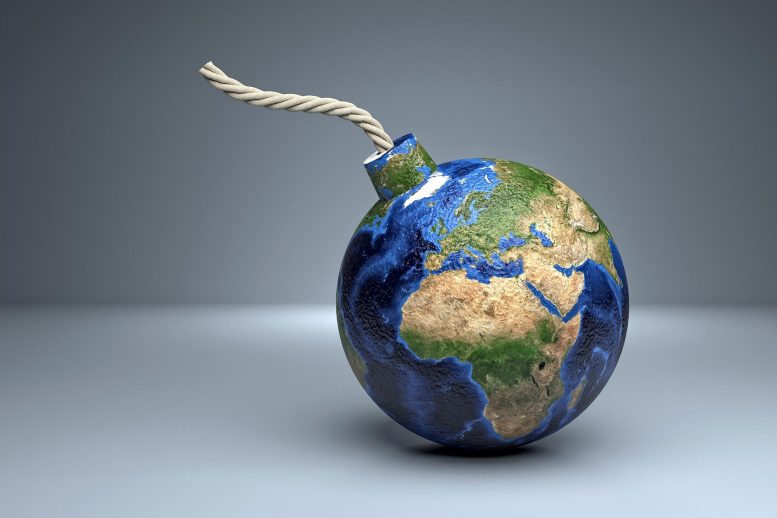
Is an armed conflict imminent?
As Russia masses military equipment near Ukraine borders, experts in an MIT forum express concern about possible action and its consequences.
In recent weeks it has seemed increasingly possible that Russia will invade Ukraine. But why is this threat unfolding now, and what is likely to occur? An online panel of experts held by MIT last Friday warned of significant reason for concern, while searching for factors that might prevent military action or limit its consequences.
In general, the scholars on the panel viewed Russia as driving toward reestablishment of a sphere of control similar to that held by the old Soviet Union, and being determined to take whatever unilateral actions it wants, outside the boundaries of international conventions and norms.
Those factors were also evident in Russia’s 2014 annexation of the Crimea region held by Ukraine, among other actions Russia has taken in former Soviet territory; such precedent now means “the chances of war, another invasion, another annexation, are extremely high,” said Serhii Plokhii, the Mykhailo S. Hrushevs’kyi Professor of Ukrainian History and director of the Ukrainian Research Institute at Harvard University.
“Today’s plans of [the] Kremlin to reestablish control over the post-Soviet space would not be successful without Ukraine being in one way or another part of the Russian sphere of influence,” explained Plokhii. “And speaking historically, this is what’s at stake.”
Elizabeth Wood, professor of history at MIT and co-director of the MIT-Russia Program, observed that Russia’s current military buildup is partly a case of “saber-rattling to show off Russia’s status as a great power.” But it may be more than that, Wood noted, since over the last two decades Russia has usually taken an alternate approach, by engaging in a series of ongoing “frozen conflicts” in the larger region — building political and military clout in the Transnistria region of Moldova, the Donbas region in eastern Ukraine, and other areas.
Thus, Russia’s current relocation of military equipment and troops to spots near Ukrainian borders — in this context, a uniquely open display of potential force — is a new form of potential armed escalation.
“No one knows exactly what Russia’s aims are,” said Wood, who is also author of “Roots of Russia’s War in Ukraine,” a 2016 book on the subject. “Do they just want the annexation of Donbas? Do they want all of Ukraine? Are they threatening war in order to get the international security arrangements in Europe redesigned? Are they planning something entirely diffferent, and ready to surprise us all?”
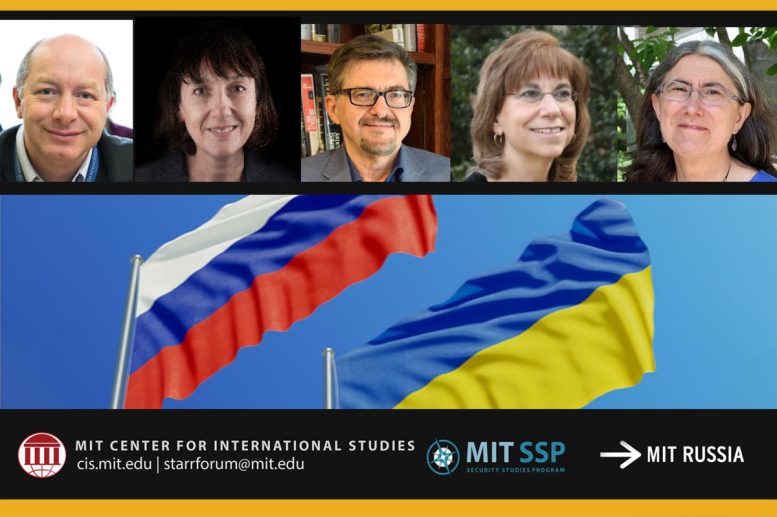
The Starr Forum featured (left to right): Dmitry Gorenburg, Harvard; Olga Oliker, International Crisis Group; Serhii Plokhii, Harvard; Carol Saivetz, MIT; and Elizabeth Wood, MIT. Credit: Courtesy of Starr Forum, edited by MIT News
Not just NATO
The panel, titled “The Russian-Ukrainian Conflict: A Prologue to World War III or Another Frozen Conflict?” was part of MIT’s Starr Forum, a series of public discussions held by the Center for International Studies on vital foreign policy issues.
Friday’s forum consisted of Plokhii; Wood; Carol Saivetz, a senior advisor in the MIT Security Studies Program and a research associate at Harvard’s Davis Center for Russian and Eurasian Studies and the Harvard Ukrainian Research Institute; Olga Oliker PhD ’16, program director for Europe and Central Asia at the International Crisis Group, a Brussels-based think tank; and Dmitry Gorenburg, a senior research scientist at CNA, a military research and analysis center in Arlington, Virginia, and an associate at Harvard’s Davis Center for Russian and Eurasian Studies.
Saivetz noted that the long-term expansion of NATO — which includes the Baltic states of the former Soviet Union and has produced speculation about the admission of Ukraine — has been a factor shaping Russian actions. However, she suggested that today’s tensions would still exist even if NATO expansion had not occurred.
“I think that [Russian President Vladimir] Putin’s obsession with NATO expansion is one of many [reasons], but not the only driver,” Saivetz said. Referring to prodemocracy protests in Ukraine in the last two decades, she added: “I think another driver is really a fear of democratization and … people power.”
Ukraine’s substantial economic is also an issue, Saivetz noted, since greater control would help Russia in material terms. And Saivetz agreed that Russia wants to signal it can throw its weight around in the region unchecked.
“Putin wants to be calling the shots,” Saivetz said, “and I think that’s part of what this whole buildup on Ukraine’s border is actually about. … He also wants to be the rule-setter outside of what we might call the liberal international order, because that [order] doesn’t serve his purposes.”
Room for a response?
That Russia could consider an invasion of a large neighboring state only underscores the military advantages Russia maintains relative to Ukraine. Gorenburg, a military analyst, noted that Russia had about 100,000 troops near Ukraine’s borders (that number appears to have increased in recent days), and perhaps 15,000 separatist troops within the Donbas region. About 40 percent of Russia’s forces are within 125 miles of the border, and at least half of those have been moved there over the last year. Russia also has superior naval and air power.
“The situation is not pretty,” Gorenburg said, laying out a few possible military scenarios, from a limited incursion of the kind seen in Donbas to more expansive operations. And while Ukraine’s military has gotten stronger in recent years, he added, Ukraine’s air defenses are fairly weak.
“This would make it very difficult for Ukrainian forces to resist a large-scale invasion,” Gorenburg said. Still, he added, “Russia’s primary goal is unlikely to be occupation. The goal is to use a military victory to achieve political aims,” from limiting NATO to potentially installing a government in Ukraine more amenable to Russian aims.
But if Ukraine cannot match Russia in military terms, what options are left for preventing warfare? The least likely option, Oliker suggested, would be Western states giving Russia exactly what it wants — pulling NATO troops back to pre-expansion 1997 boundaries, for instance, which by itself would not necessarily forestall further demands. A similarly unlikely scenario, Oliker proposed, is Western military action.
“If it doesn’t work, the results are disastrous, and not just for Europe, but for the whole world,” Oliker said. As a result, Oliker noted, Western countries are threatening Russia with sanctions, which might have some impact, along with further negotiations about security boundaries.
One idea currently being floated that will not work, Oliker said, is the idea that Ukraine could declare neutrality in security terms, thus persuading Russia that Ukraine is not going to end up aligned with the NATO countries.
Among other reasons this will not work, Oliker said, is that “Russia isn’t looking for a neutral Ukraine. That’s not what it’s asking for. Russia doesn’t want Ukraine to be neutral, Russia wants Ukraine to be friendly. Arguably, Russia wants Ukraine to behave the way Poland did during the Cold War, when it was occupied militarily and politically.”
Beyond specific tactical offers, Plokhii suggested that “unity” in a broad political sense would be necessary to stave off the threat and effects of occupation. In this scenario, unity would encompass “Ukrainian citizens and … Ukrainian allies and friends [and] anyone who doesn’t want war in Central Europe, and anyone who wants the legal borders to stay and the international order preserved — what is needed is unity.”
Whether that can be summoned is another question. As Wood noted, solidarity in the region may be on the wane, with consequences visible today.
“All through the Soviet period, Russians and Ukrainians of all classes and interests had one phrase they used as a drinking toast with one another, ‘Let there not be war,’” Wood said. “‘As long as there’s not war.’ They remembered World War II as a time of terrible suffering and immense casualties. But that phrase, that fundamentally antiwar stance, has faded. Soviet and now Putin-era propaganda has constantly beat the drums of war as a glorious, participatory, unifying, and redeeming value.”

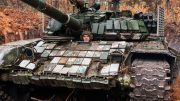

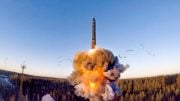
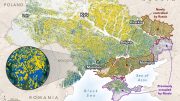
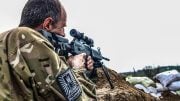

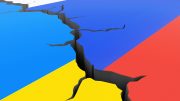
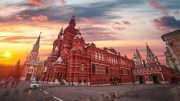
… is this a science or what, this thing has no place in here…
. articles like this should be in CNN or Fox or what ever, not here…
nearing the end of my existence, I for one think Russia can f*@koff, lets take them down with us…sadly the world is dying anyway.
I’m not surprised at all that this article and others like it, are here; the CIA is fully aware of how some interests exploit these types of publications; these groups can’t logically explain their behaviors, so they resort to attacks on any publication that still supports reason.